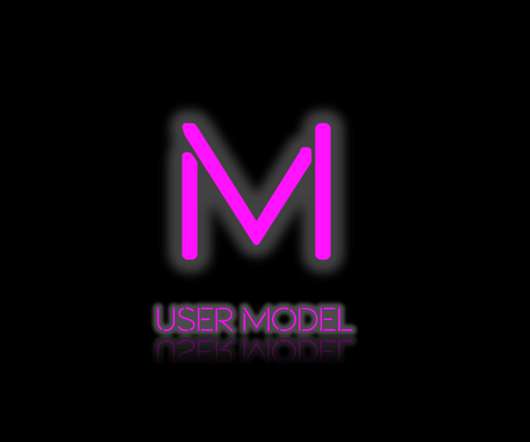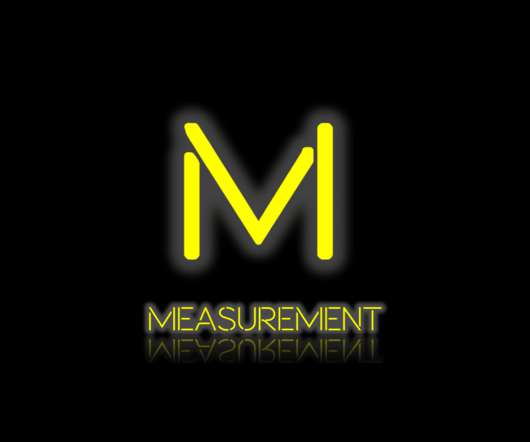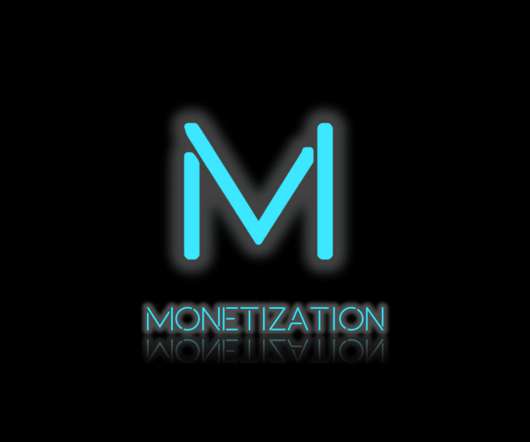User Model: What SaaS platform builders need to know to prepare for growth, Part 1
CloudGeometry
JANUARY 15, 2022
Part 1: User Model & Onboarding If you have a business model, you have put together ideas about users. Put another way, the user model describes the “who” of what your software does. Let’s do that by viewing that next level through the lens of onboarding. Onboarding in SaaS is an end-to-end process.














Let's personalize your content